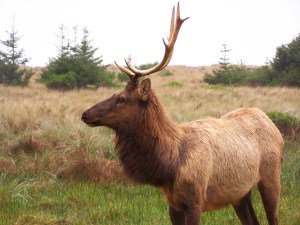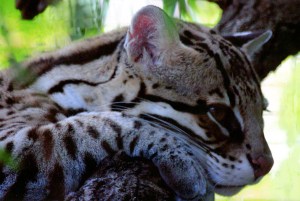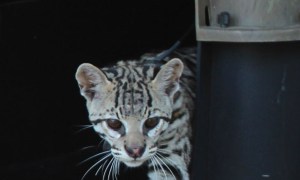Discover stories in Wildlife
Big Gulp: How Often Do Trout and Grayling Eat Mammals?
Many anglers know that trout eat the occasional mouse or shrew. But how often does this actually occur? New research from Bristol Bay on the dietary habits of rainbow trout and grayling suggests this answer: More often than you think.
10 Great State Parks for Wildlife
Sure, national parks get all the press. But across the United States, state parks offer incredible opportunities for birders, wildlife photographers and other naturalists. Here are ten of the best.
A Renter’s Market: BirdReturns Offers Innovative Conservation
How can conservationists protect one million acres of migratory bird habitat in Central California, particularly when that property is highly valuable agricultural land? The solution: Pop-up wetlands.
Beavers Versus Old Growth: The Tough Reality of Conservation
If ecologically important but abundant native beavers threaten ecologically important but imperiled old growth hemlocks, what should conservationists do? Leave it to beaver? Or save the hemlocks?
Pygmy Rabbit Quest
Meet the pygmy rabbit: the tiniest rabbit on earth, and one of the most difficult North American mammals to spot. Our blogger journeys to southwest Wyoming to learn more about this elusive inhabitant of big sagebrush.
Connecting The Ocelot’s Home on the Range
In South Texas, ocelot conservation means connecting the dots. But those "dots" happen to be thornscrub habitat -- thick brush incompatible with most human use. How do you restore a habitat that ranchers have spent decades working hard to clear.
Every Cat Counts: Conserving Ocelots on the Border
In South Texas, ocelots cling to a precarious existence. How do these spotted cats survive against a backdrop of lost habitat, roads and now a border fence? Can conservation efforts help?
Nilgai: Blue Antelope of the Anthropocene
Once the nilgai roamed expansive Indian plains as it avoided stalking tigers. A creature of wilderness. Today, you're more likely to find it in sprawling cities, or galloping along a Gulf Coast seashore. A creature of the Anthropocene.
CSI Channel Islands: Can the Island Scrub-jay Help to Think about Climate Change?
Solving the mystery of Santa Rosa's island scrub-jays could refine thinking on how to manage vulnerable species under climate change.
Do the Rumble-Rump with Peacock Spiders
Meet the tiny spider with one of the wildest mating displays in the animal kingdom. Jon Fisher takes you into the realm of the peacock spider and its unbelievable "dance moves."
Alligator Rescue on the Border
The alligator was trapped and destined to die a slow death: time for a rescue operation. An unexpected twist at one of the most biodiverse nature reserves in the United States, the National Butterfly Center in Mission, Texas.
Coyote Scat and Native Plant Conservation
Cultivating native plants for conservation requires the perfect water, sunlight, nutrients and pollinators. And in at least one case, it needs coyote poop. And lots of it. A story of an observant naturalist, palm seeds and hungry coyotes in South Texas.











